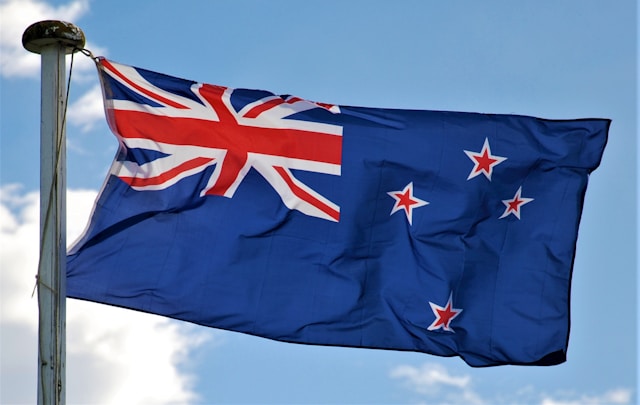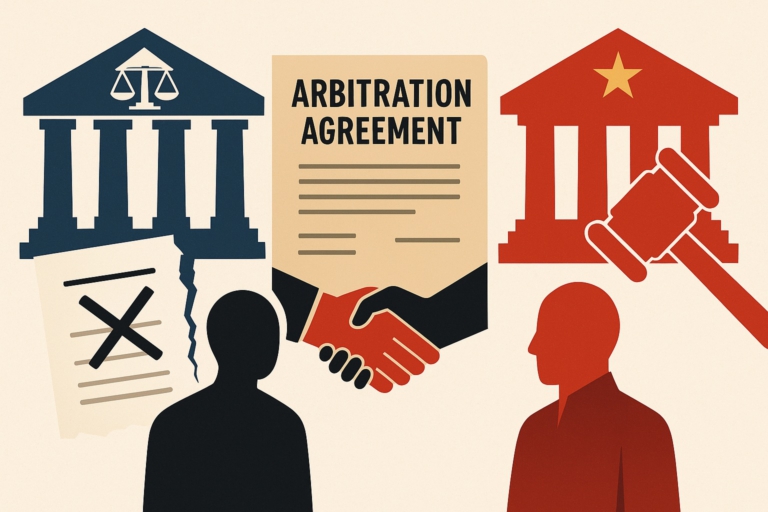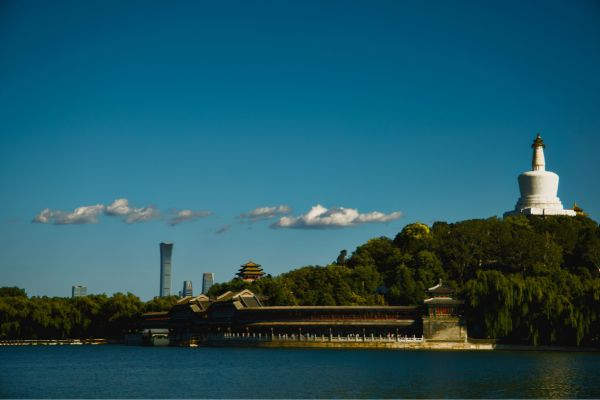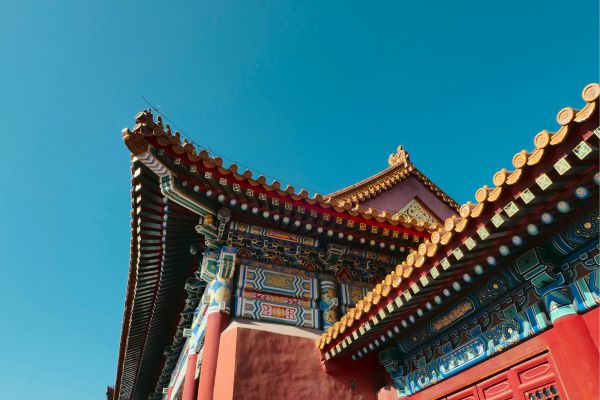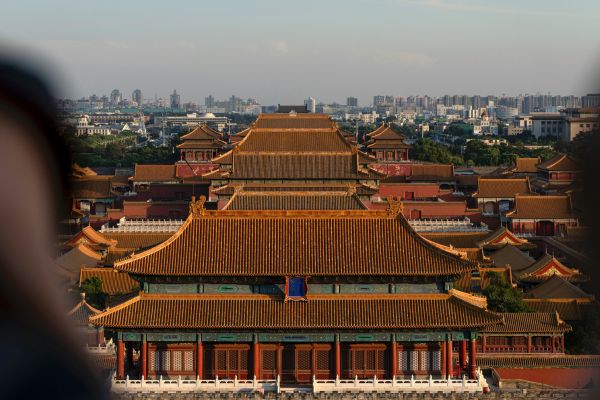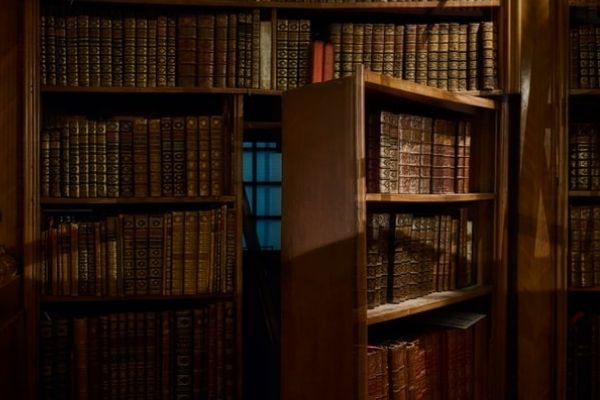
China’s Supreme Court’s latest judicial interpretation (2020) sets out the standards for the application of the Anti-Unfair Competition Law in trade secret infringement cases.
The Supreme People’s Court (SPC) has promulgated judicial interpretations to clarify how to hear such cases.
In an earlier post, we introduced China’s revision to its Anti-Unfair Competition Law (反不正当竞争法) in 2019 for better protection of trade secrets.
In addition to legislation, the SPC also promulgated a judicial interpretation “The Provisions on Several Issues concerning the Application of Laws in Hearing Civil Cases of Trade Secret Infringement” (关于审理侵犯商业秘密民事案件适用法律若干问题的规定) (“the Provisions”) on 12 Sept. 2020, so as to provide local courts with uniform standards for the application of the Anti-Unfair Competition Law in hearing relevant cases.
The key points of the Provisions are as follows:
1. Definition of trade secret
Pursuant to Paragraph 4 Article 9 of the Anti-Unfair Competition Law, the term “trade secret” refers to business information, such as technical information and operational information, which is not known to the public, has commercial value and has been subject to the right holder’s appropriate confidentiality measures.
The Provisions provides a detailed explanation for the term “trade secret”.
(1) What are technical information and operational information
Article 1 of the Provisions explains technical information and operational information.
Technical information includes information related to the structure, raw materials, components, formulas, materials, samples, styles, propagation materials of new plant varieties, processes, methods or their steps, algorithms, data, computer programs, and files related thereto.
Operational information includes ideas, management, sales, finance, planning, samples, bidding materials, customer information, data and the like related to business operation.
(2) What is “not known to the public”
First of all, the Provisions explains “not known to the public” in Article 3: the information that is not generally known and readily available to relevant persons upon the occurrence of the alleged infringement.
In addition, Article 4 enumerates five circumstances where a court can find that the information in question has become known to the public, for example, the information has been made public or became an industry practice.
(3) What is “subject to appropriate confidentiality measures”
Article 5 of the Provisions explains that the court shall find whether the right holder has taken such confidentiality measures based on the nature of the trade secret and its carrier, the business value of the trade secret, the identifiability of confidentiality measures, the correspondence of the confidentiality measures with the trade secret and the confidentiality willingness of the right holder.
Article 6 then enumerates seven circumstances of confidentiality measures, such as entering into a confidentiality agreement, limiting access to confidential information, and informing the other party of the confidentiality obligation.
(4) What is “commercial value”
Article 7 of the Provisions states that the term “commercial value” means that the information for which the right holder seeks protection is of real or potential commercial value given it is not known to the public.
2. Employee’s infringement upon trade secrets
Paragraph 3 Article 9 of the Anti-Unfair Competition Law provides that a party shall also be deemed as infringing the trade secret of the right holder if he/she has obtained the right holder’s trade secret from an employee/former employee of the right holder, while knowing that such employee obtains the trade secret illegally.
Article 11 of the Provisions states that the employee mentioned above includes the company’s management personnel or general employees. Article 12 enumerates the factors that the court should consider when judging whether the employee has access to the trade secrets of the right holder.
3. Civil liability arising from trade secret infringement
(1) Ceasing infringement
Given the trade secret is not known to the public, and the law does not provide a protection duration, Article 11 of the Provisions provides that the duration for ceasing infringement as ordered by the court should generally last until such time as the trade secret has become known to the public.
(2) Indemnification
Article 17 of the Anti-Unfair Competition Law provides for punitive damages for the first time in China for infringement of a trade secret, i.e., the court can order the infringer to make an indemnification equal to one to five times of the right holder’s loss or the infringer’s revenue. If the court cannot determine the amount of indemnification, a maximum of CNY five million may be imposed upon based on the severity of the infringement.
Article 20 of the Provisions provides for how to determine the loss of the right holder based on the trade secret royalties.
Article 20 also provides for how the court may determine the severity of the infringement and thus determine the amount of indemnification within CNY five million. Factors to be considered include, inter alia, the nature of trade secrets, their commercial value, the cost of research and development, the degree of innovation, the competitive advantage they can bring, the infringer’s subjective fault and the consequences arising therefrom.
(3) Return or destruction
Article 18 of the Provisions provides that “the court should generally support the right holder’s request of returning or destroying the trade secret carrier, and deleting the trade secret under the infringer’s control”, which aims to deprive the infringer of his/her ability to commit infringement and to reduce/eliminate the risk of reoccurrence of trade secret infringement.
This liability has not been mentioned in the Anti-Unfair Competition Law, and is an expanded explanation by the SPC for the specific practice of “ceasing infringement”.
4. Trade secret protection in litigation
Right holders tend to have concerns when resorting to litigation, and one of the concerns is secret divulging during litigation activities. In judicial practice, the risk of a trade secret being divulged or even illegally disclosed is even higher during the court proceedings including evidence conservation, the discovery, and the forensic examination than that during infringement itself.
Therefore, Article 21 of the Provisions requires the court to take necessary confidentiality measures in litigation activities, such as holding the parties liable for the disclosure and, where applicable, imposing criminal penalties.
In addition, Article 26 of the “Supreme People’s Court’s Several Provisions on the Evidence of Civil Litigation of Intellectual Property” (最高人民法院关于知识产权民事诉讼证据的若干规定) further provides that the people’s court can take such measures as “requiring the party to enter into a confidentiality agreement, make a confidentiality commitment, or ordering it to fulfill the confidentiality obligation by a ruling”. The litigants in breach of the foregoing confidentiality obligations shall be subject to appropriate legal liabilities according to the law.
Contributors: Guodong Du 杜国栋


